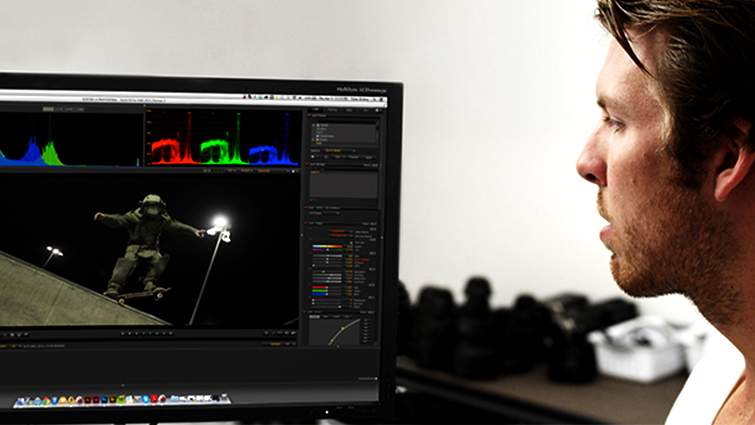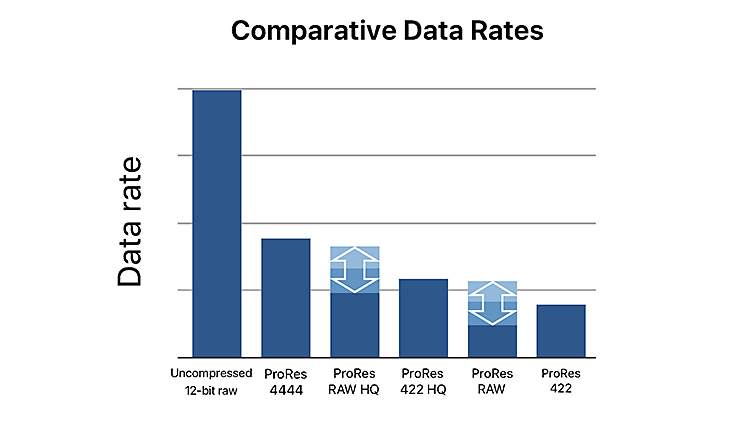
The new Apple ProRes RAW codec family promises to bring the high-performance, low-data rates of ProRes to your RAW workflows.
If things pan out the way they seem set to, ProRes RAW could change the way independent film and video professionals work for a long time.
In this article, we’ll briefly cover the basics of RAW, how Apple is attempting to streamline this with their new ProRes, and what that means for you as a filmmaker.
What is RAW
The first thing to know about the myriad of “RAW” and “RAW-like” codecs is that each of them sets out with the same goal in mind: to record full or near-full sensor readout without encoding any user-defined settings in the footage. This information — such as ISO, white balance, and color space — is saved in a separate metadata file to be used in an NLE.
Because of the amount of information contained within the files, working with RAW footage is slow and cumbersome on all but the most capable machines. To offset this disadvantage, proxies are rendered for editing before being replaced with the original footage for effects and mastering.
For productions with the means, the quality and flexibility offered by RAW often outweigh the costs of handling the footage.
Now let’s see what Apple is bringing to the table.

What is ProRes RAW
In the ProRes RAW Whitepaper released in April, Apple claims that ProRes RAW will have data rates that fall between ProRes 422 and 422 HQ, while ProRes RAW HQ’s will be between 422 HQ and ProRes 4444.422 and 422 HQ have long been a high-quality proxy codec. If their claims hold, we’re trading old, cumbersome RAW for something with virtually identical image fidelity but at proxy data rates and file sizes.

All right, Apple. What’s the catch?
It appears that Apple is at least temporarily reserving ProRes RAW support for the FCPX ecosystem, isolating non-mac OS users until further notice.
History seems to be repeating itself. Apple pulled a similar move with the original ProRes, sidelining it as a post-only codec. After Apple opened up multi-platform support, it quickly became an industry-standard codec for post and eventually in-camera recording. Multi-platform support is coming, as long as Apple intends for ProRes RAW to shake up the industry like its predecessors.